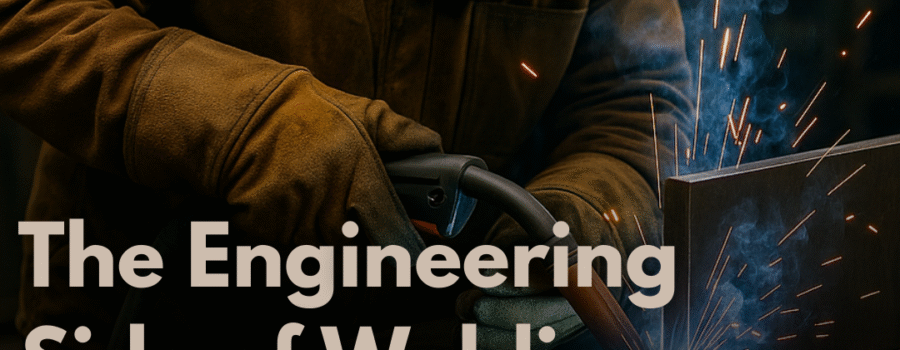Welding is often perceived as a purely manual trade—an interaction of heat, flame, and metal. However, in today’s industrial and commercial environments, welding is as much an engineering discipline as it is a skilled trade. Behind every weld lies a series of calculated decisions involving metallurgy, load distribution, thermal behaviour, material compatibility, and regulatory compliance. In Ontario, welding must conform to a growing body of engineering standards, making qualified welding service providers indispensable to the integrity of built environments.
Onhydro Tech Inc., based in Cambridge, Ontario, delivers welding services informed by engineering principles, safety legislation, and industry-specific performance standards. From mobile field welding to complex fabrication projects, every aspect of the process is planned and executed with precision, beginning well before the first arc is struck.
Welding Design Begins on the Drawing Table
Every successful welding project begins with a proper understanding of design intent and structural context. Engineers play a critical role in determining joint types, load paths, tolerances, and material behaviour under specific stress conditions. Welding is rarely an isolated activity—it interacts with broader structural or mechanical systems and must reflect the engineered goals of the entire build.
Onhydro Tech collaborates with design engineers and project managers to interpret blueprints and specifications. The welders understand how design loads influence weld selection, where fatigue may occur over time, and how to account for thermal distortion. This proactive approach ensures that the welding complements the engineered vision rather than conflicting with it.
Material Science and Metallurgical Compatibility
Not all metals respond equally to heat. Engineering analysis determines the best welding technique and filler metal based on base metal composition, thickness, and function. Improper pairings can result in brittle joints, corrosion, or stress fractures. Metallurgical mismatches are not only expensive to rectify but may also result in structural or legal failures under occupational health and safety legislation.
Onhydro Tech evaluates metallurgical characteristics before initiating any welding procedures. The mobile welding team applies processes such as SMAW, GMAW, and GTAW with adherence to Canadian Welding Bureau (CWB) standards and project-specific welding procedure specifications (WPS). The choice of filler metal, joint design, and shielding gas is never arbitrary; it is informed by detailed material science considerations.
Thermal Stress and Distortion Control
During the welding process, metals expand and contract due to heat input. If unmanaged, this leads to warping, residual stress, and misalignment of structural components. Engineering plays a vital role in controlling heat input and planning weld sequences that minimize thermal distortion.
Onhydro Tech applies engineered welding plans that include tack welding, heat sinks, and staged passes to control distortion. Where necessary, preheat and post-weld heat treatments are conducted using calibrated equipment, in compliance with CSA and ASME codes. Temperature data and welding logs are available to support quality control and audit requirements.
Inspection, Testing, and Legal Documentation
Post-weld integrity must be verified through inspection and testing—often mandated under legislation such as Ontario’s Occupational Health and Safety Act or by industry-specific standards. Engineers may specify visual inspection, dye penetrant, ultrasonic, or radiographic testing based on the application.
Onhydro Tech provides testing coordination and documentation to validate weld quality. Non-destructive testing is performed when required, and inspection reports are prepared for regulatory compliance, insurance verification, or certification purposes. Welding procedure records and traceable documentation support both accountability and long-term performance evaluations.
A Partnership Between Engineering and Execution
Welding today is far more than applied heat and molten metal. It is a coordinated exercise in structural design, material science, thermal dynamics, and code compliance. As industries across Ontario modernize infrastructure and expand capabilities, the integration of engineering with welding practice becomes essential.
Onhydro Tech exemplifies this integration by combining on-site flexibility with rigorous technical and legal standards. To learn more about how engineering-driven welding can support your next project in Cambridge or surrounding areas, contact Onhydro Tech Inc. at 647-248-6682 or visit onhydrotech.ca.

